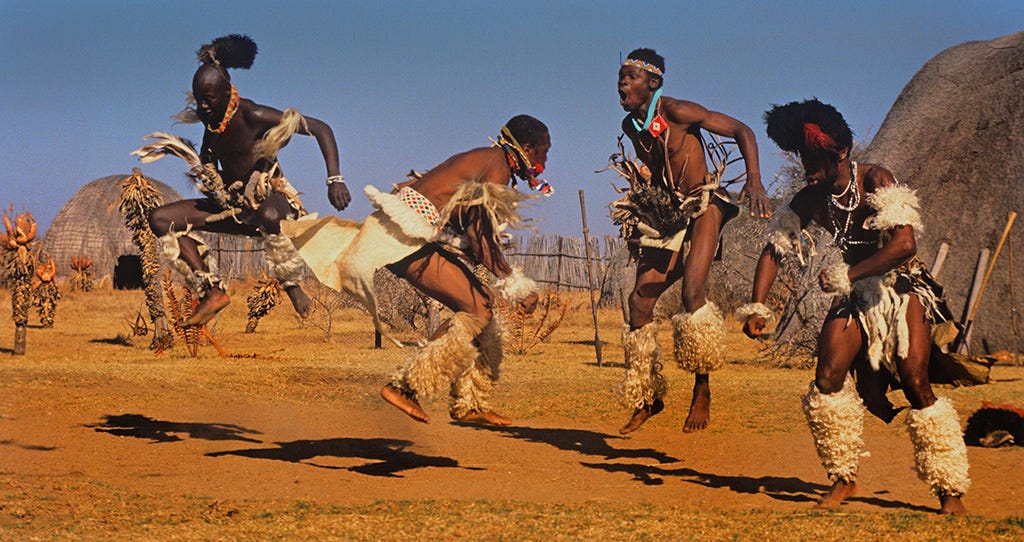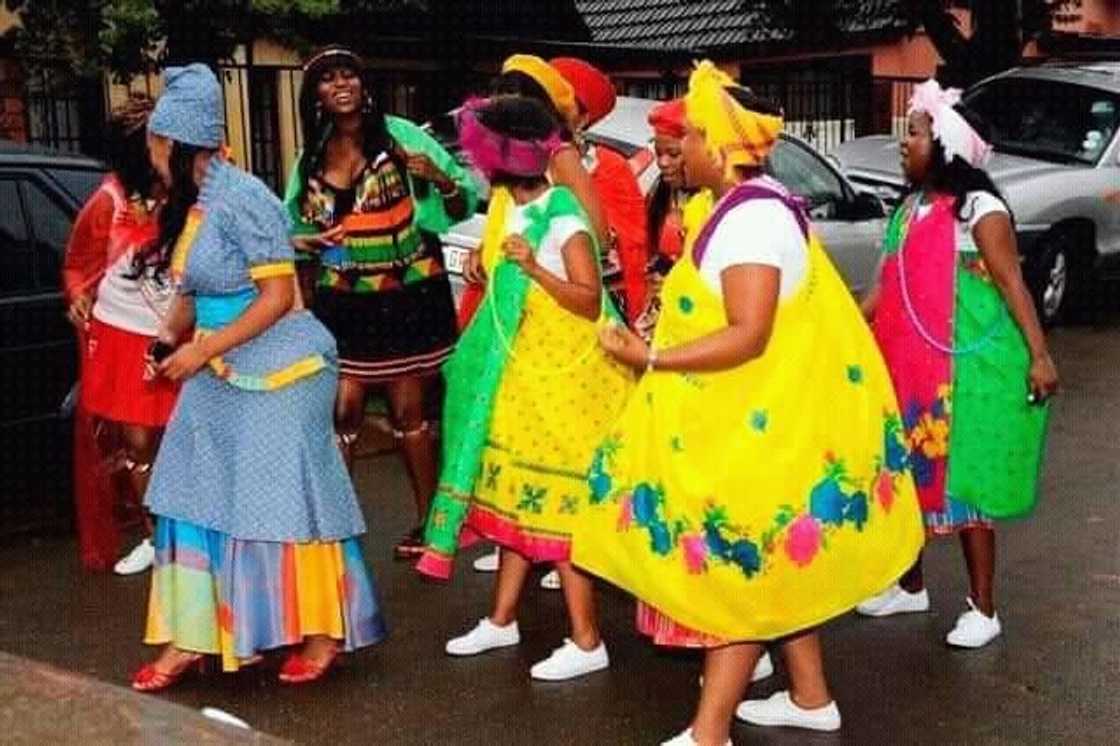The Best Strategy To Use For South African Culture Today
Table of ContentsLittle Known Questions About South African Culture Today.9 Easy Facts About South African Culture Today DescribedThe 45-Second Trick For South African Culture Today9 Simple Techniques For South African Culture TodayThe Basic Principles Of South African Culture Today Indicators on South African Culture Today You Need To Know
This follows with singing and drum beating. The groom and bride then meet the senior citizens and speak about the significance of their union. An issue of importance in Zambian villages is the diing of liked ones. All members of the town placed cash, time and initiative together for the interment of the deceased.During the mourning duration; males stay outside your home and the ladies stay inside your house of the deceased. After discussing the departed, the town walks to the location of interment to claim their last bye-byes. Music and dancing is a very essential aspect of the Zambian culture. The various tribal devices have their own dance kinds; nevertheless, makishi prevails among all tribes.
South African Culture Today for Dummies
When it concerns songs, drums are used one of the most, with a selection of drumming events. In Zambia, bulk of individuals are Christian; Protestant and Roman Catholic. There are small groups of Muslims and Hindus, with the rest adhering to regional indigenous tribal ideas.

South African heritage and society is greatly diverse, and consists of lots of different teams of people who each have their very own practices and ideas. Having such a variety of individuals and societies is what makes South Africa so special. In truth sense of the expression, we are a rainbow country.
South Africa has roughly three hundred thousand Portuguese people living in it. Making it the 7th on the listing of nations with one of the most Portuguese people in it outside of Portugal. Portuguese is not only a society, but it is additionally a language and a citizenship. Portuguese people stem from the nation of Portugal in Europe, nevertheless, because of Portugal (like many various other nations in Europe) checking out the world and conquering other countries throughout the 15th 20th centuries, South Africa has what we call Portuguese South African's living in it.
Some Known Facts About South African Culture Today.
Among the popular functions of the topography is a plateau that covers virtually 2 thirds of the facility of the nation. The plateau facility rises towards the southeast, where it climaxes in the Drakensberg array, component of a cliff that divides the plateau from the seaside locations. The Drakensburg includes Sparkling wine Castle, the highest peak in the nation.
The region north of the Witwatersrand, called the bushveld, slopes downward from east to west towards the Limpopo River, which develops the international border. The western area of the plateau, the middleveld, additionally descends towards the west and varies in altitude in between the highveld and bushveld. In between the Drakensburg and the eastern and southerly shoreline, the land descends to the sea.
Nearer the coast there is a low-lying level called the eastern lowveld. Southwest of the plateau the country becomes progressively extra dry, paving the way to the stony desert of the Great Karroo, surrounded on the east by the reduced, better watered plateau of the Little Karroo. Dividing the dry southerly inside from the sandy littoral of the southern shore and West Cape is another variety, the Langeberg.
The smart Trick of South African Culture Today That Nobody is Discussing
The nation's racially, ethnically, and politically split history has generated national and subnational signs that still operate as icons of the nation, and others signs that are accepted just by particular teams. The monoliths to white settler conquest and political supremacy, such as the Afrikaner Voortrekker visit ("leader") Monument in Pretoria and the Rhodes Monolith recognizing the British colonial realm contractor and Cape head of state Cecil Rhodes, remain sectarian symbols.
The initial modern residents were the San ("bushman") hunter-gatherers and the Khoi ("Hottentot") individuals, who rounded up livestock (South African culture today). The San may have been existing for thousands of years and left evidence of their presence in countless ancient cavern paints ("rock art"). Bantu-speaking clans that were the forefathers of the Nguni (today's amaZulu, amaXhosa, amaSwazi, and vaTsonga individuals) and Tswana-Sotho language groups (today's Batswana and Southern and Northern Basotho) migrated below eastern Africa as very early as the fifteenth century

Both former republics of the Orange Free State and Transvaal (South African Republic) were established by Afrikaner settlers who beat and dispossessed the Basotho and Batswana. Lesotho would certainly have been forcibly included into the Orange Free State without the extension of British security in 1869. The ultimate unification of the nation resulted from the South African War (18991902) between the British and both Afrikaner republics, which minimized the nation to destroy at the start of the twentieth century.
Afrikaners traditionally considered themselves the just true South Africans and, while approving full citizenship to all homeowners of European descent, denied that standing to people of shade till the autonomous change of 1994. British South Africans Go Here retain a feeling of cultural and social connection to Great Britain without damaging their identification as South Africans.
Not known Facts About South African Culture Today
The variety and fragmentation within ethnic groups and the equilibrium of tensions between those groups during the twentieth century avoided interethnic civil problem. While intergroup tensions over resources, entitlements, and political prominence remain, those disputes are as likely to match Zulu versus Zulu as Zulu versus Xhosa or African against Afrikaner.
From colonial India, British vendors and managers brought the rounded metal decorative roofs and slender lace work pillars that still represent the verandas of cottages arounds and cities throughout the nation. Holy places add a crucial building facet even in the smallest towns. In addition to the soaring steeples and timeless stonework of Afrikaans Dutch Reformed churches, Anglican churches, synagogues, mosques, and Hindu shrines supply range to the religious building scene.

Butchering and the brewing of traditional cereal beer are necessary in safeguarding the involvement and a good reputation of the forefathers who are thought about the guardians of good luck, prosperity, and well-being. Indian neighborhoods keep their indigenous cooking traditions and use them on Islamic and Hindu routine and ceremonial occasions. Afrikaners and Coloured people gather at weekends and special celebrations at multifamily barbecues called braais, where community bonds are enhanced.
Due to the fact that this was the key economic enterprise of both black Africans and white homesteaders, conflict between those teams centered on the property of grazing land and animals. In 1867, the biggest ruby deposits in the globe were discovered at Kimberley in the west main area. The wealth from those areas aided fund the exploitation of the best gold reef worldwide, which was found on the Witwatersrand in 1886.
What Does South African Culture Today Do?
This learn this here now brought about misunderstandings and purposeful misstatement in the dealings of white settlers and government officials with African principals throughout the early american duration (South African culture today). In the establishment of African reserves, some facets of public and primarily "tribal trust fund" land tenure were maintained, and even in white backwoods, types of public period were still exercised in locations with African areas
After the autonomous makeover of 1994, programs for land restitution, redistribution, and reform were set up, but progression has been sluggish. The white minority still manages eighty percent of the land. Following agricultural land invasions in Zimbabwe, the Division of Land Matters has promised to speed up land redistribution.